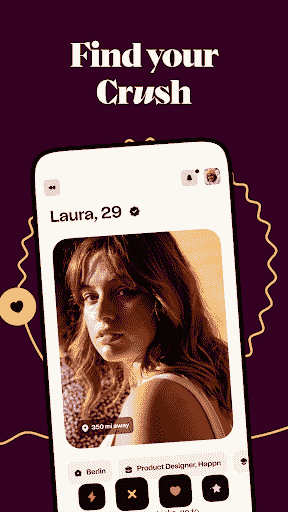

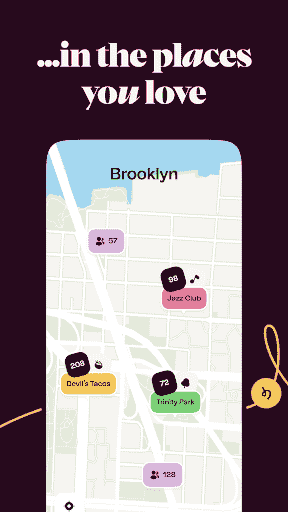
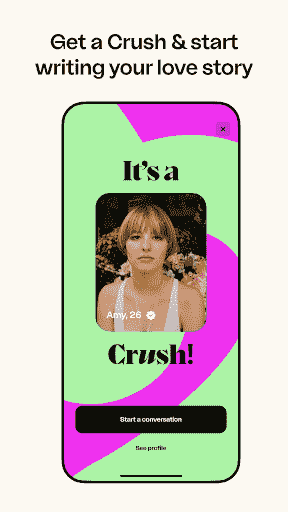
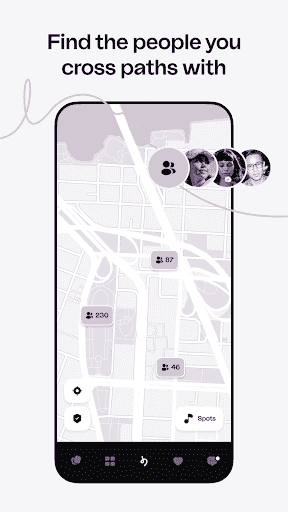
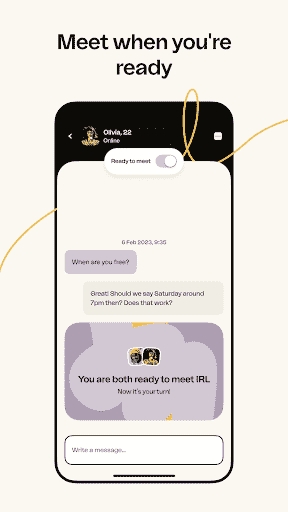

Description of happn - Dating App
Happn, a dating app with over 100 million users, allows you to locate everybody you've ever crossed paths with or
the individuals you should get to know. The most important thing is to start talking with individuals, so develop a crush on
the profiles that catch your attention!
HOW DOES IT WORK?
Your app displays the profile of another Happn user when you cross paths with them. Did you notice anyone? I secretly admire them. We guarantee that until they Like you back, the other person won't find out. Do you desire to be noticed? Send a FlashNote to them. You can now message someone even before you receive a crush. You may have the Crush if the Like is published! You can now chat, and we're depending on you to leave a lasting impression with your opening line. Display your writing prowess!
It costs nothing to download and use the happn app. You can upgrade to Premium if you wish to access additional and more attractive features.
You may send FlashNotes to your favorite profiles and view a list of who has liked your profile if you have Premium. You will be noticed among the throng if you do this.
CRUSH WITH CONFIDENCE
The happn app is built on the idea of reciprocity, which guarantees that you will never hear from someone you aren't interested in. Our first focus at happn is discretion, therefore only the locations you crossed paths with other users are ever made public. For happn to display the users you've crossed paths with, your geolocation must be activated at all times.
MEET WHEN YOU'RE READY
Never sure of the right time to ask your crush out? You're worried they'll decline? Or perhaps you're tired of the pressure that comes with being asked out too soon. No more tension. In your discussion with your crush, you may now let us know when you're ready to meet. In addition, we'll notify you when they're prepared.
https://www.happn.com/en/trust/
https://www.happn.com/en/privacy-basics/
FAQ
.accordion-body, though the transition does limit overflow.
.accordion-body, though the transition does limit overflow.
.accordion-body, though the transition does limit overflow.
.accordion-body, though the transition does limit overflow.
.accordion-body, though the transition does limit overflow.
.accordion-body, though the transition does limit overflow.
